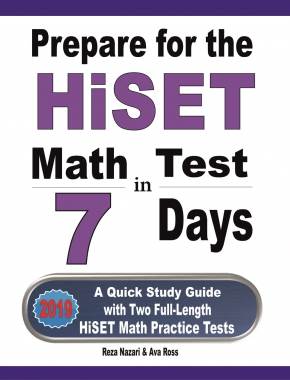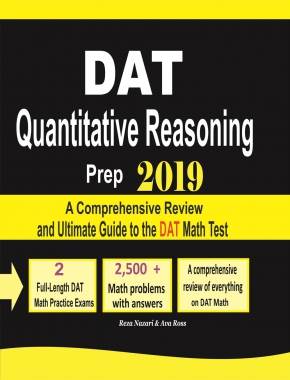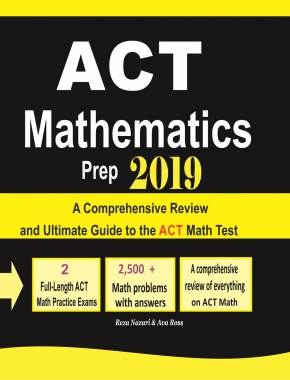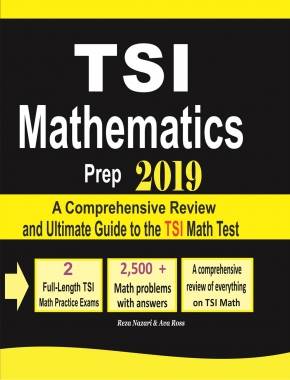A Deep Dive into the nth Term Test for Divergence
In the vast realm of mathematical sequences and series, one of the fundamental questions that has always intrigued scholars and students alike is: 'Does this series converge to a finite sum or does it diverge?' This question not only underscores the essence of calculus but also has profound implications in areas like physics, engineering, and computer science. To address this inquiry, mathematicians have formulated a myriad of tests and principles. Among these, the \(n\)^th Term Test for Divergence stands out for its simplicity and elegance. Serving as a preliminary checkpoint, this test provides an immediate insight into the behavior of many series. In this article, we will embark on a step-by-step exploration of this test, unraveling its conceptual foundations and practical applications.

Step-by-step Guide to Understanding the \(n\)th Term Test for Divergence
Here is a step-by-step guide to understanding the \(n\)th Term Test for Divergence:
Step 1: What is a Series?
Before delving into the test itself, we should understand what a series is. A series is the sum of the terms of a sequence. In mathematical terms, it’s represented as:
\(\sum_{n=1}^ \infty a_n\)
Where \(a_n\) represents the \(n\)th term of the sequence.
Step 2: Convergence vs. Divergence
For any series, there are two primary possibilities:
- Convergence: The series sums up to a finite number.
- Divergence: The series either keeps increasing without bound, decreases without bound, or behaves erratically without settling to a particular value.
Step 3: Intuition Behind the nth Term Test
Here’s a logical perspective: If we’re adding an infinite number of terms to get the sum of the series, each additional term should be getting infinitesimally small to have a chance of summing up to a finite number. If the terms aren’t getting smaller and smaller, approaching zero, then the sum will either grow without limit or behave erratically.
Step 4: Statement of the \(n\)th Term Test
The \(n\)th Term Test for Divergence states:
If \(lim_{n→∞}a_n≠0\) or the limit does not exist, then \(\sum_{n=1}^ \infty a_n\) diverges.
Step 5: Applying the Test
- Find the general term: Identify the \(n\)th term \(a_n\) of the series you’re evaluating.
- Calculate the limit: Compute \(lim_{n→∞}a_n\).
- Interpret the result:
- If the limit is NOT zero or does not exist, then the series diverges.
- If the limit is zero, the test is inconclusive. You’ll need to use another method to determine the behavior of the series.
Step 6: Examples
- For \(\sum_{n=1}^ \infty \frac{1}{n}\) (harmonic series):
- \(a_n=\frac{1}{n}\)
- \(lim_{n→∞}a_n=lim_{n→∞} \frac{1}{n}=0\)
- The test is inconclusive for this series.
- For \(\sum_{n=1}^ \infty n\) :
- \(a_n=n\)
- \(lim_{n→∞}a_n=lim_{n→∞} n=∞\)
- The series diverges (since the limit is not zero).
Step 7: Limitations
Understand the scope of the \(n\)th Term Test:
- It’s a one-way test: It can prove divergence but not convergence.
- If the limit is zero, the series might still diverge. This test won’t tell you that, so other methods are needed.
Final Word:
The \(n\)th Term Test for Divergence is an initial checkpoint when determining the behavior of a series. It can quickly help you identify certain divergent series, but its inconclusive results require further exploration using other mathematical tools.
Related to This Article
More math articles
- 10 Most Common 3rd Grade MCAS Math Questions
- Number Properties Puzzle – Challenge 14
- How to Use Input/output Tables to Add and Subtract Integers?
- The Most Effective Methods for Learning Math Facts and Improving Number Sense
- Top 10 Free Websites for Praxis Core Math Preparation
- Full-Length 6th Grade GMAS Math Practice Test
- 5th Grade PARCC Math Practice Test Questions
- Opposite Integers
- 5th Grade Wisconsin Forward Math Worksheets: FREE & Printable
- 12 Tools Math Students Love When It Comes to Essay Writing





























What people say about "A Deep Dive into the nth Term Test for Divergence - Effortless Math: We Help Students Learn to LOVE Mathematics"?
No one replied yet.